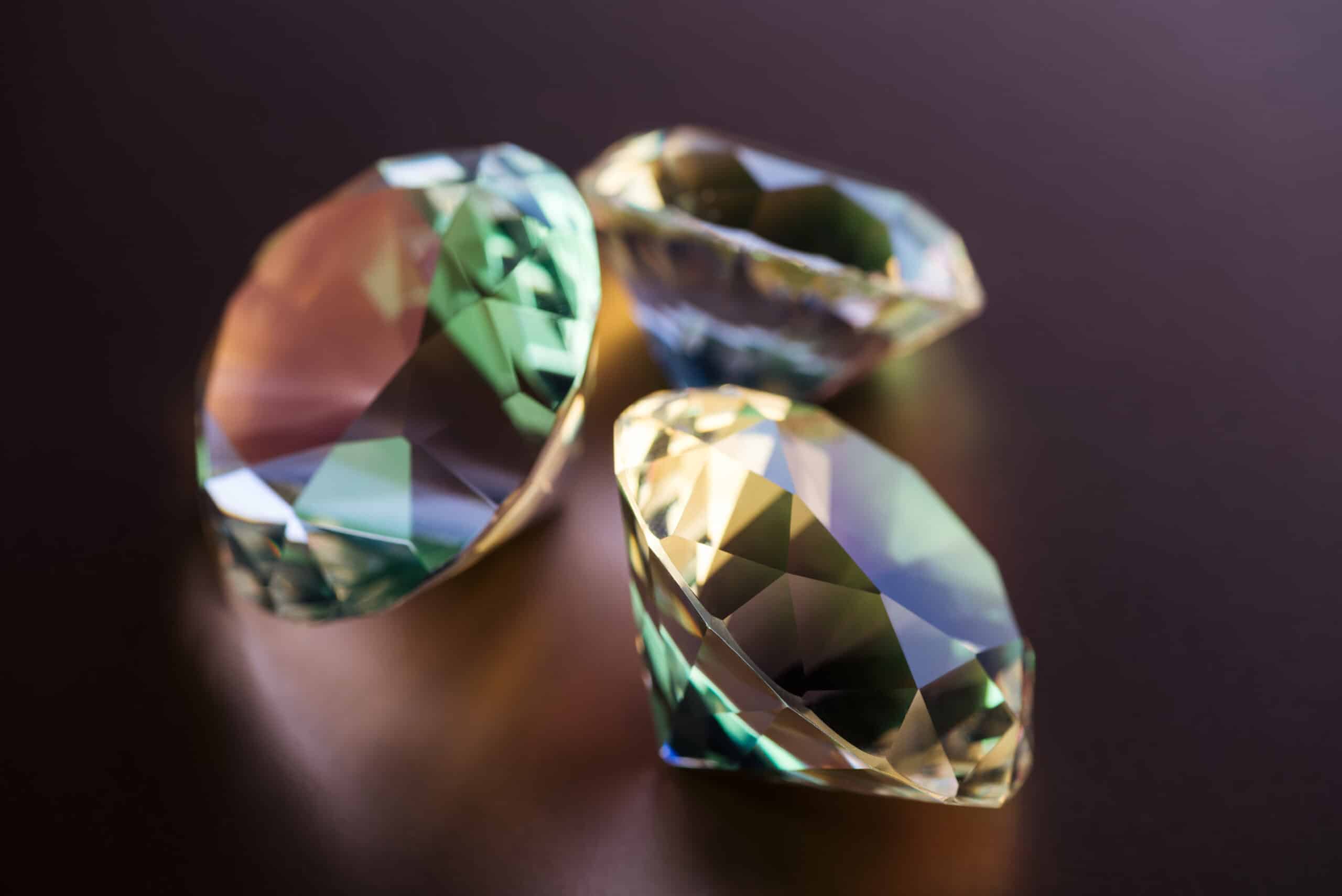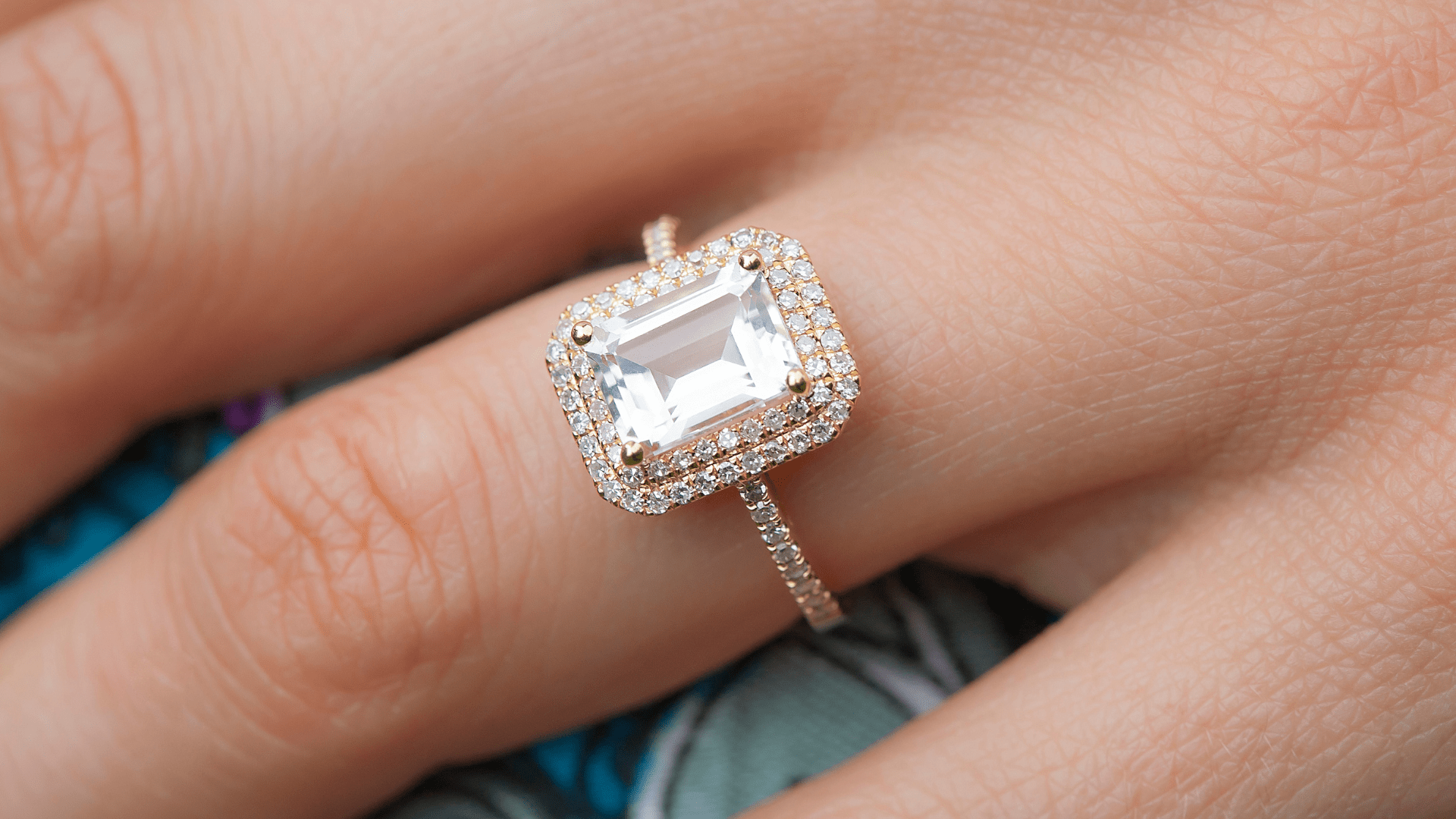Table of Contents
ToggleThe dazzling sparkle of a diamond makes it the most precious and valued gemstone in the world. Nowadays, you have two choices when buying diamond jewelry. It is a lab-grown or natural diamond.
Lab grown diamonds are comparatively new but growing in popularity at an astronomical pace. One cannot tell the difference between Natural Diamonds and Lab Grown Diamonds with the naked eye.
You are not alone if in doubt about these synthetic diamonds grown in the laboratory.
Welcome to this guide, where we will discuss the difference between lab-grown diamonds and natural diamonds, how to choose one, and which is the best option.
What is a lab-grown diamond?
Such diamonds are created in a highly controlled laboratory environment. They are as real as earth-mined diamonds.
With over a decade of effort, scientists are finally successful in manufacturing a synthetic diamond similar to one that is mined from Earth. They are made up of actual carbon atoms. It is the reason why they are called lab-created diamonds, man-made diamonds, or engineered diamonds.
Thanks to the advancement in technology, lab-grown diamonds exhibit the same physical and chemical properties.
Chemical Vapor Deposition (CVD) and High-Pressure high-temperature (HPHT) are the two popular methods to create a sparkling diamond in the laboratory. We will discuss these methods in detail in the upcoming sections.
The GIA (Gemological Institute of America) issues a certificate ensuring that they have similar chemical and optical properties to earth-mined diamonds.
Are lab-created diamonds real?
Let’s come to the point.
Can you trust lab-grown diamonds? Are they real? Should you purchase them?
Yes, absolutely. The cut, clarity, and color of the lab-grown diamond looks and feels as natural as the one mined from Earth.
They both are certified by gemstone experts for their quality and sparkling shine. So, feel free to choose lab-grown diamonds over natural ones if you are impressed by the sparky, bright jewelry created using those highly precision-engineered diamonds.
How are diamonds created in a laboratory?
It takes millions of years to create a natural diamond. The process takes place under the pressure of the Earth’s crust.
In comparison, lab-grown diamonds are manufactured in a couple of months. The environment or process remains almost identical but takes place in a laboratory equipped with advanced tools.
Lab-grown diamonds take six to ten weeks.
Similar to natural diamonds, which need to be cut and polished after being mined from Earth, lab-grown diamonds also go through the same process.
Let us discuss two popular methods to manufacture lab-grown diamonds:
1. CVD (Chemical Vapor Deposition)
If you have ever heard a jewelry store executive saying CVD diamond, then he is referring to the lab-grown diamond created using the Chemical Vapor Deposition method.
It creates a diamond by heating gasses at a predefined temperature.
A tiny carbon seed of a pre-existing diamond is put into a vacuum chamber, which is then filled with hydrogen and carbon-containing gasses. The temperature of the chamber is increased until it reaches a certain predefined level, and gas molecules are broken down, as a result of which layers of crystallized carbon begin to form on the seed diamond.
Such a process creates a square-shaped diamond, which is then cut and polished as per the requirements.
2. HPHT (High-Pressure High Temperature)
This is the second most popular method of manufacturing diamonds in a highly controlled laboratory. Unlike the previous one, it utilizes the natural process of creating a diamond from scratch.
Natural graphite (carbon material) is crushed and turned into a sparkling diamond under high pressure (more than 870,000 lbs) and temperature (between 1300 to 1600 degrees Celsius) with the help of advanced machinery.
The quality of the diamonds manufactured using both of these processes remains the same. It isn’t easy to differentiate between the diamonds created through the CVD and HPHT methods.
Difference between Lab Grown Diamond and Natural Diamond
Earth-mined diamonds contain little nitrogen, whereas lab-grown diamonds do not have any nitrogen present. It is the main factor used by gemstone experts to identify the type of diamond.
Popular stores like Emerald Jewelers near Haverhill, use specialized equipment to tell the exact difference between lab-grown diamond and natural diamond jewelry. With the naked eye, you will notice that both lab-grown and natural diamonds are physically, chemically, and optically the same.
As discussed earlier, natural diamonds take millions of years, whereas lab-grown diamonds are created in 6-10 weeks.
At Emerald Jewelers, you will find that gemstone experts equally suggest jewelry items created using natural and lab-grown diamonds. It is due to the fact that lab grown diamonds are as good as natural diamonds. They have the same quality and perfect cut and are carefully polished to ensure dazzling sparkle.
What are the benefits of buying a lab-grown diamond?
Diamonds are characterized by the 4 C’s: Color, Cut, Clarity, and Carat. The good news is that lab-grown diamonds have the same characteristics as natural diamonds.
They are comparatively affordable. You can purchase a significantly larger lab-grown diamond for the same price as a natural diamond.
As of today, we have seen a massive difference of 30-50% between the prices of these similar-looking gemstones. If somehow this price difference makes you doubtful about the quality of lab-grown diamonds, then stop worrying because a normal person cannot detect whether it is a natural or synthetic diamond with the naked eye.
Additionally, lab-grown diamonds do not include any mining and related environmental issues, which makes it more ethical.
So, if you prefer eco-friendly products that also eliminate poor treatment of workers and communities at mining sites, lab-grown diamonds are the perfect choice.
What are the drawbacks of choosing lab-grown diamond jewelry?
Natural diamonds are rare with the supply being finite. Simply put, their market price will continue to increase over the upcoming years.
On the other hand, lab-grown diamond manufacturing is a trending sector, which also means the supply will significantly increase in the next few years. The basic law of supply and demand will automatically reduce the prices of lab-grown diamonds.
It also impacts the resale value negatively.
Do lab-grown diamonds come with any certification?
Yes, absolutely. They come with the same certification as natural diamonds.
The Gemological Institute of America (GIA) and International Gemological Institute (IGI) take a meticulous approach to grading natural as well as lab-grown diamonds.
Expert gemologists rigorously test gemstones to prove their excellence, accuracy, and sparkling shine.
To Summarize: Lab Grown Diamond Vs. Natural Diamond
The final choice between lab-grown and natural diamonds depends upon your budget. The important thing is the low resale value of the lab grown diamonds as the market will continue to expand and be flooded by new manufacturers.
When it comes to quality, uniqueness, and dazzling sparkle, both natural and lab-grown diamonds are equal. One cannot identify whether it is a natural or lab-grown diamond with the naked eye.
If you are looking for unique jewelry items created using Lab Grown Diamonds and crafted by experts, visit Emeraldjewelers.com. Our range includes a wide variety of engagement rings, bracelets, necklaces, earrings, pendants, luxury watches, and more.






